Nestled into the vast urban sprawl of Northeast Philadelphia sits the 1,600-acre historic green oasis known as Pennypack Park. Take a walk through the komorebi — the Japanese word for the dappled light created by sunshine filtering through trees — and you will find a hillside nook enclosed by deer fencing and tall tulip poplar trees. Here, a variety of saplings grow chest-high, surrounded by orange surveyor tape and identified with plant tags.
Welcome: you’ve stumbled upon a special forest restoration study site designed, implemented and monitored by a group of scientists and land managers from Philadelphia Parks & Recreation, The American Chestnut Foundation (TACF), the U.S. Forest Service and elsewhere. The team hopes to learn more about urban forests and their responses to climate change and other stressors in order to better manage these spaces.
Among the diverse sapling species planted within the restoration site, the small American chestnuts (or Woapeemeen’shee in the local Lenape language) are of particular interest to the scientists. These hybrids were developed by TACF to be resistant to the infamous chestnut blight that wiped the species from the American landscape more than 80 years ago. How they fare at Pennypack will help answer the question of whether these once prolific trees can make a comeback.
For now, the answer is a resounding … maybe. Regardless of the outcome of restoration efforts, scientists are learning valuable adaptive management strategies that can be used to improve resilience in other species facing disease and climate change.
Historically, American chestnuts comprised nearly one quarter of Eastern hardwood forests. They grew to a majestic 100 feet in height and 10 feet in diameter with characteristic toothy leaves about six inches long. They produced spiky fruits containing the nuts that we still sing songs about (even if roasting them over an open fire is largely a thing of the past). These nuts, or “mast,” provided a nutrient-dense food source for humans and animals alike. The straight-grained and rot-resistant wood proved a valuable building material.
Sara Fitzsimmons, chief conservation officer for TACF, describes chestnuts as the “Jack or Jane of all trades of tree species.”
“They aren’t the tallest tree, or the biggest, or the fastest growing, or most prolific producer, but the amount of mast they produce, their rot resistance and fast growth — you would be hard pressed to find another species that can do all of that,” she says.
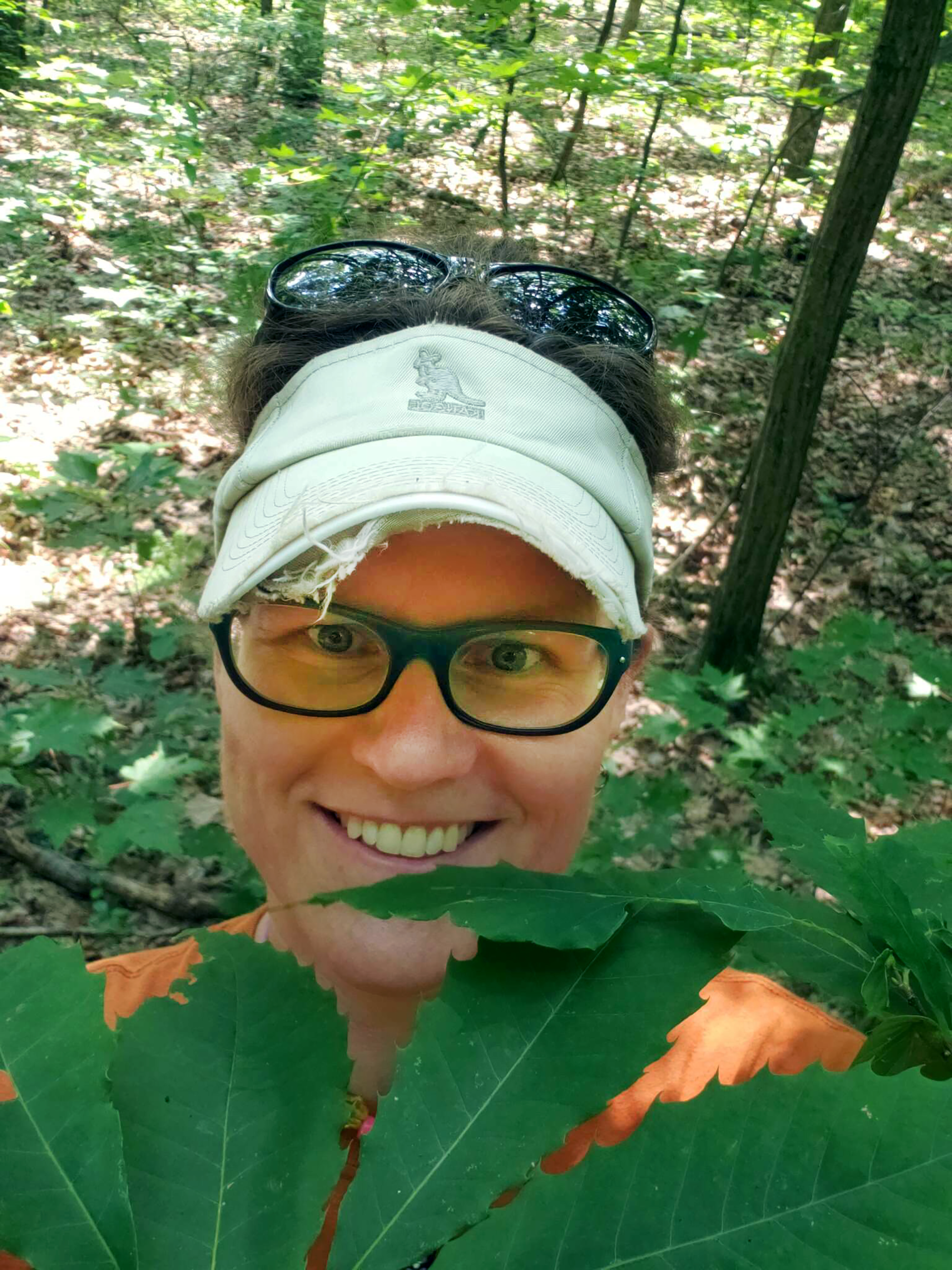
Unfortunately, it’s likely that you’ve never seen a mature American chestnut tree. In the late 1800s, a fungal disease called Cryphonectria parasitica, more commonly known as chestnut blight, arrived in the Northeastern United States via importation of Japanese chestnuts. In 1904, Hermann W. Merkel identified the blight in the American chestnuts at the Bronx Zoo. By the 1940s nearly every American chestnut was infected and around 4 billion trees had died. As a City of Philadelphia spokesperson told Grid: “Losing the American chestnut fundamentally altered the landscape.”
American chestnuts are not extinct (like the wooly mammoth) or endangered (like the giant panda), but they are “functionally extinct,” Fitzsimmons explains. Around 430 million American chestnuts currently grow in the Northeast, including Philadelphia, but most of these are resprout populations, meaning they grow from still-living roots as opposed to mast. About 86% of these trees are small, with trunks less than one inch in diameter, and are unable to provide the crucial ecosystem services that make chestnuts an integral part of our cultural and ecological legacy.
Many institutions have researched ways to protect and restore the chestnut, and TACF picked up the torch in 1983. In 1989 the organization began breeding blight-resistant chestnuts by “backcross,” a type of traditional crossbreeding where two species are bred back and forth to encourage specific traits. In this case, American chestnuts are bred with their naturally blight-resistant Chinese cousin. The trees are bred again and again to produce an American chestnut that retains no Chinese characteristics other than blight resistance.
Today TACF is at the forefront of chestnut research, restoration and education. They aim to develop trees with blight resistance through backcrossing and newer genetic modification techniques; characterize, preserve and utilize existing genetic diversity; and promote restoration by planting genetically diverse and blight-resistant chestnuts with a variety of stakeholders and volunteers.
In the fall of 2022, restoration efforts were brought to Philadelphia through the Pennypack planting. Hybridized, backcrossed chestnuts from TACF were planted alongside several species of oaks, poplars and willows as part of a larger network of sites across cities including Baltimore, MD; New Haven, CT; and Springfield, MA. Through the Urban Silviculture Network, as it’s called, ecologists are developing practices to help urban forests survive and thrive in the face of climate change, invasive species and constantly changing conditions.
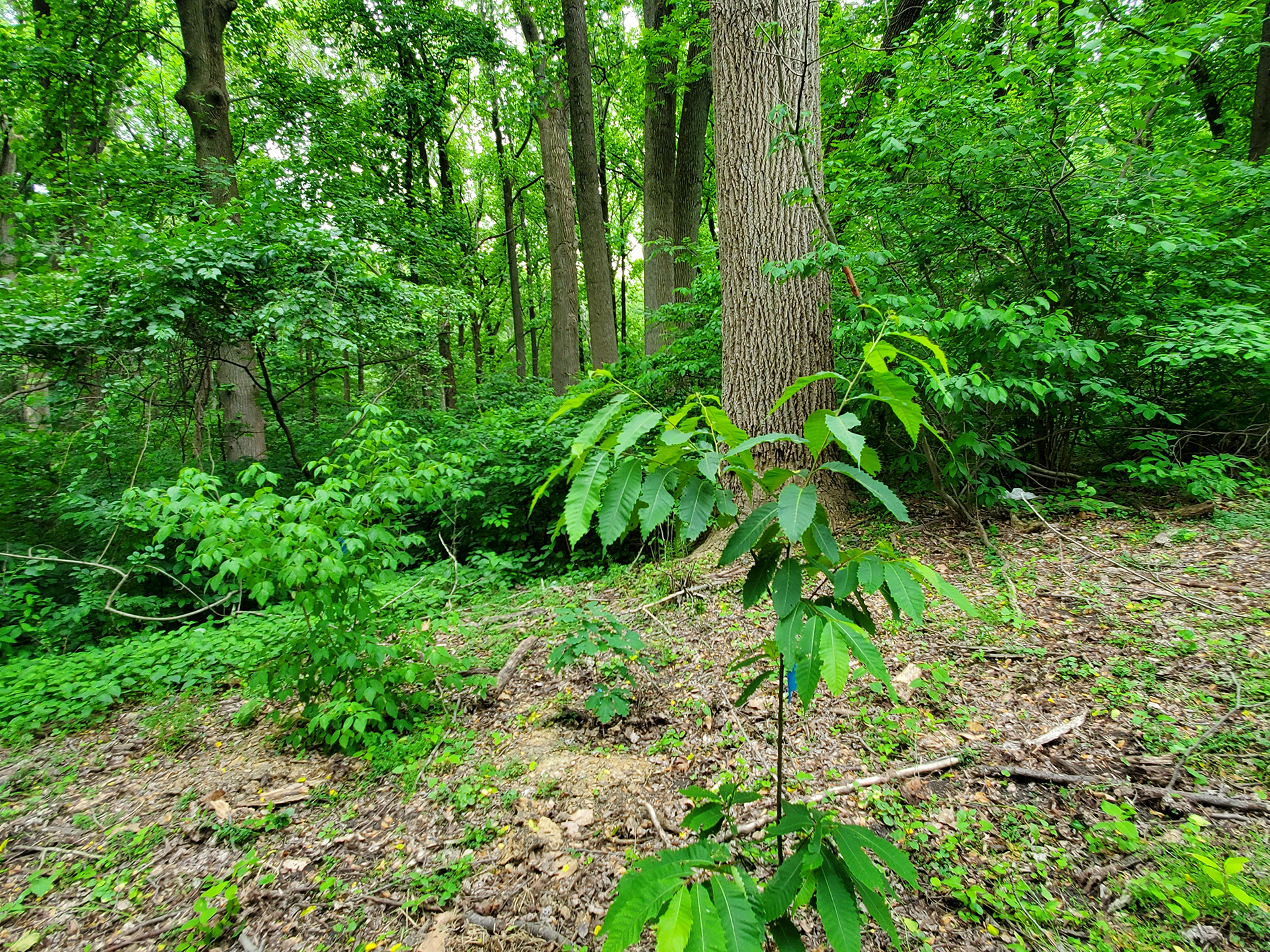
At the Pennypack site, researchers see the American chestnut as a native species potentially able to outcompete invasive species. Richard Hallett of the Forest Service, one of the scientists integral to this effort, explains how chestnuts could play this crucial role.
“Chestnuts, along with early successionals like poplar and willow, can grow above exotic plants and shade them out,” he says. Even if the trees don’t survive to maturity, the fast-growing chestnuts also provide shade, shelter and protection for slower growing native species without challenging them for resources.
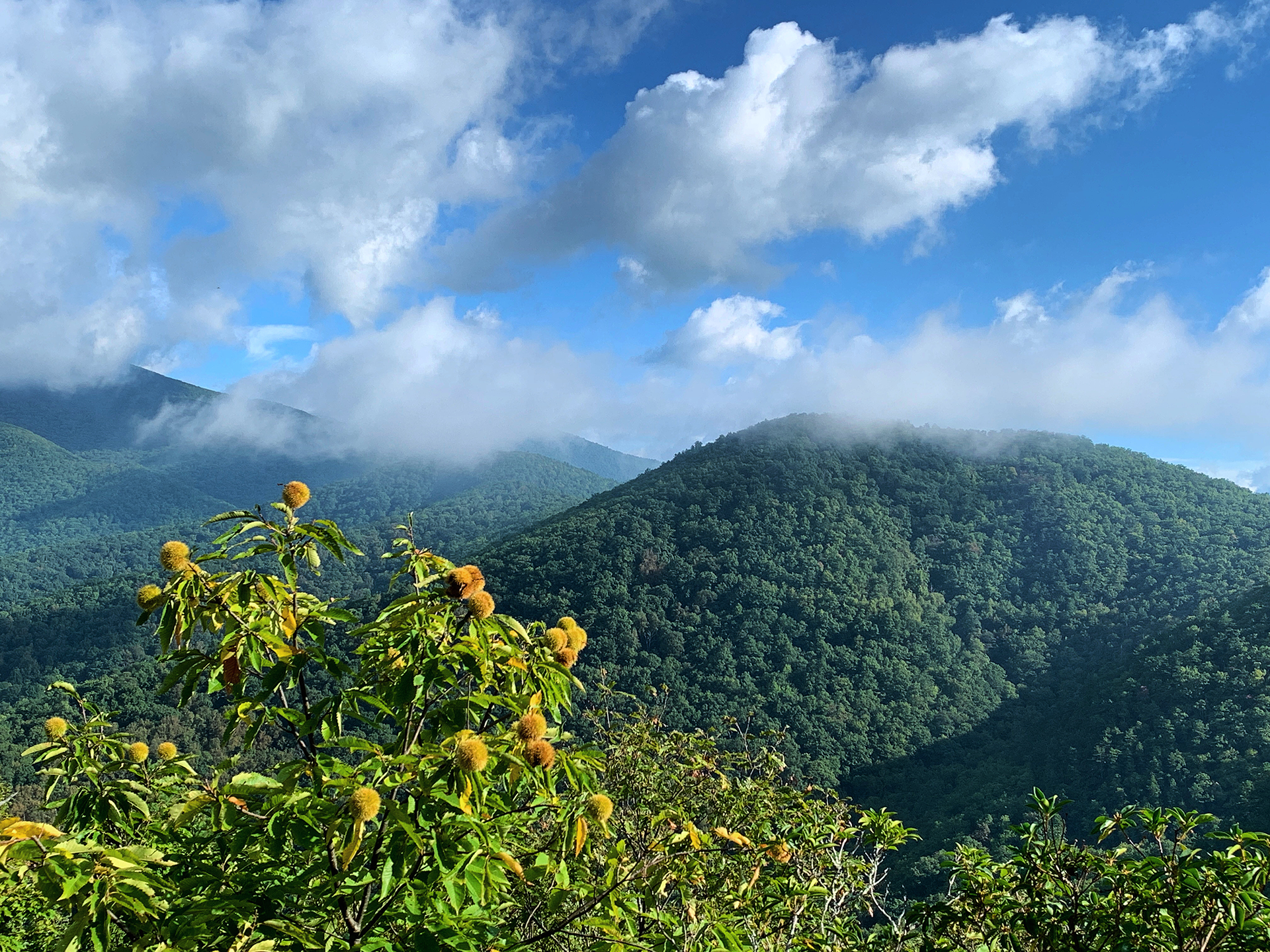
The site is a little more than a year old and the team is currently focused on the growth and survival of the saplings. While creating a diverse urban forest with blight-resistant chestnuts reaching maturity and providing ecosystem services would be an ideal outcome, the scientists frame success by the number of lessons learned. As TACF’s Fitzsimmons puts it: “Restoration is a process not a product.”
Researching American chestnuts provides opportunities to understand adaptive management of forests as a growing number of native species face threat from pests, diseases and climate change.
Fitzsimmons hopes that other species such as hemlock and ash can build on the successes and failures of the chestnut and see success more quickly, but points out the challenges of working with a tree’s time-scale on a human time-scale. “It takes a generation of chestnuts 7 to 15 years to mature. When the often-cited idiom is ‘fail quickly,’ it’s a long time for people to think about the implications and can take many generations to realize something isn’t working. A lot of decisions are made for short-term gains versus long-term risks that are difficult to predict.”
While we are unlikely to walk through a full-grown American chestnut forest any time soon, we can rest assured that they are still here. With efforts like those at Pennypack, we have a shot at preserving the heritage of the American chestnut and restoring its ecological functionality — even if it takes a few generations.

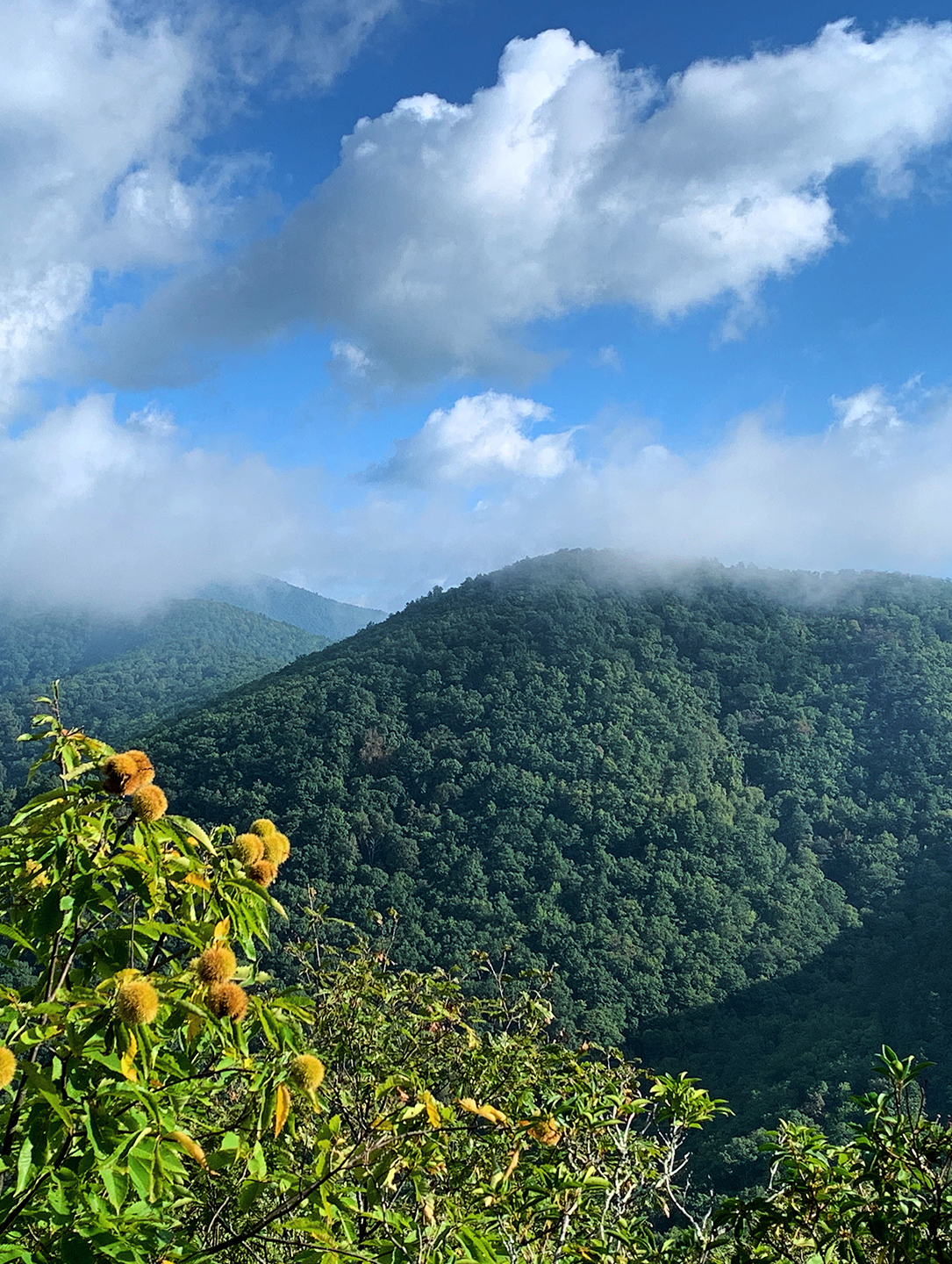
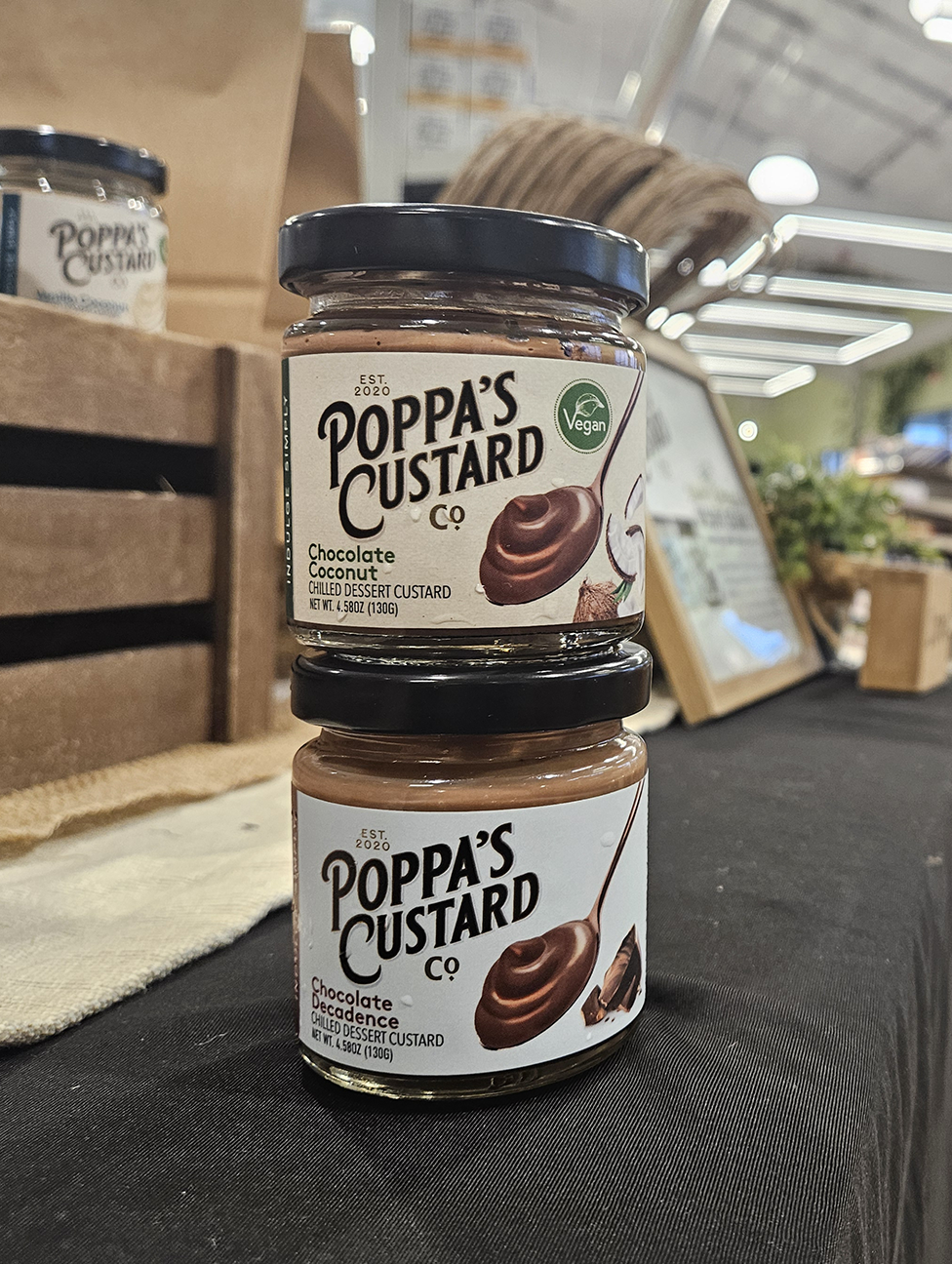
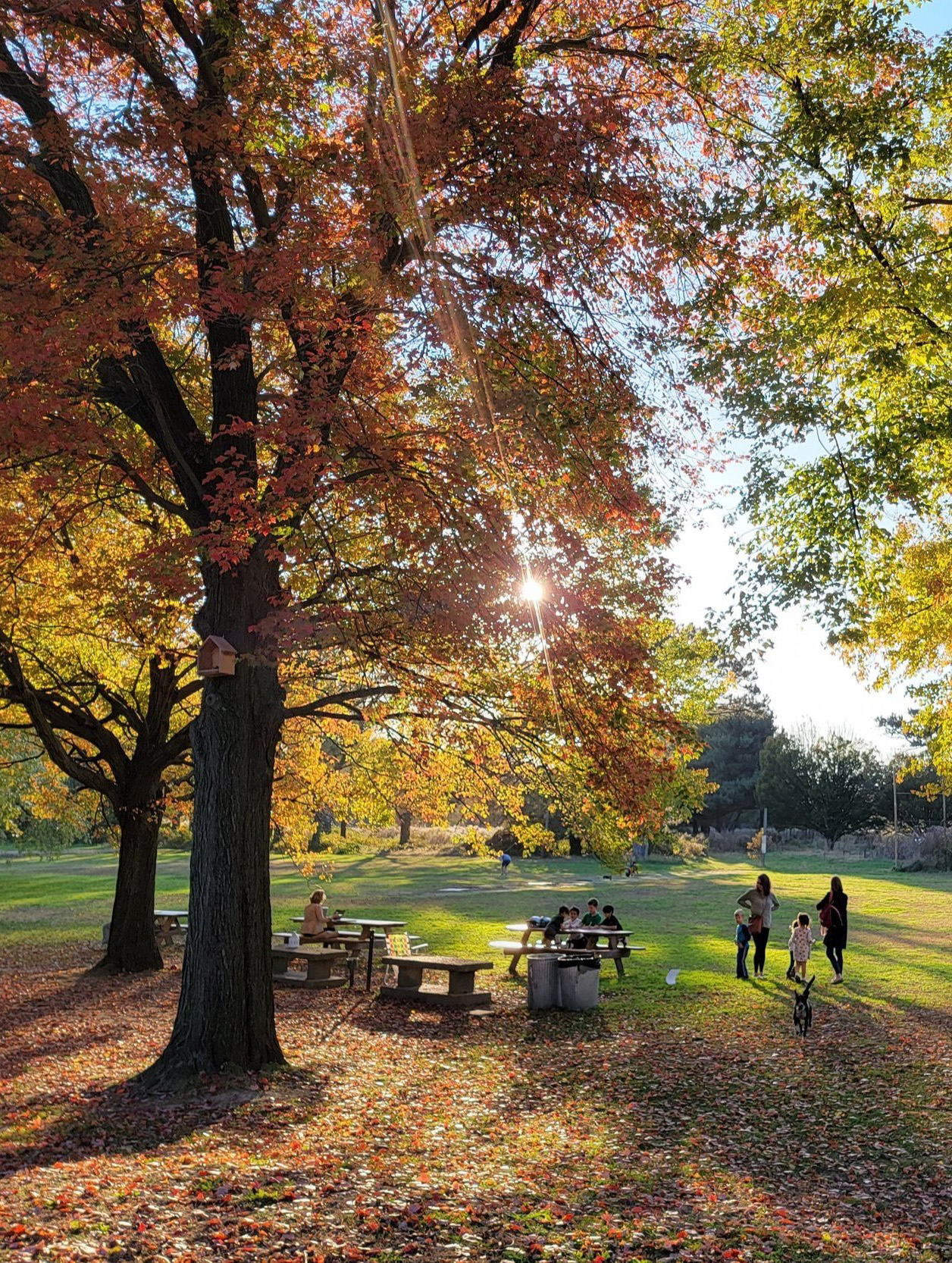
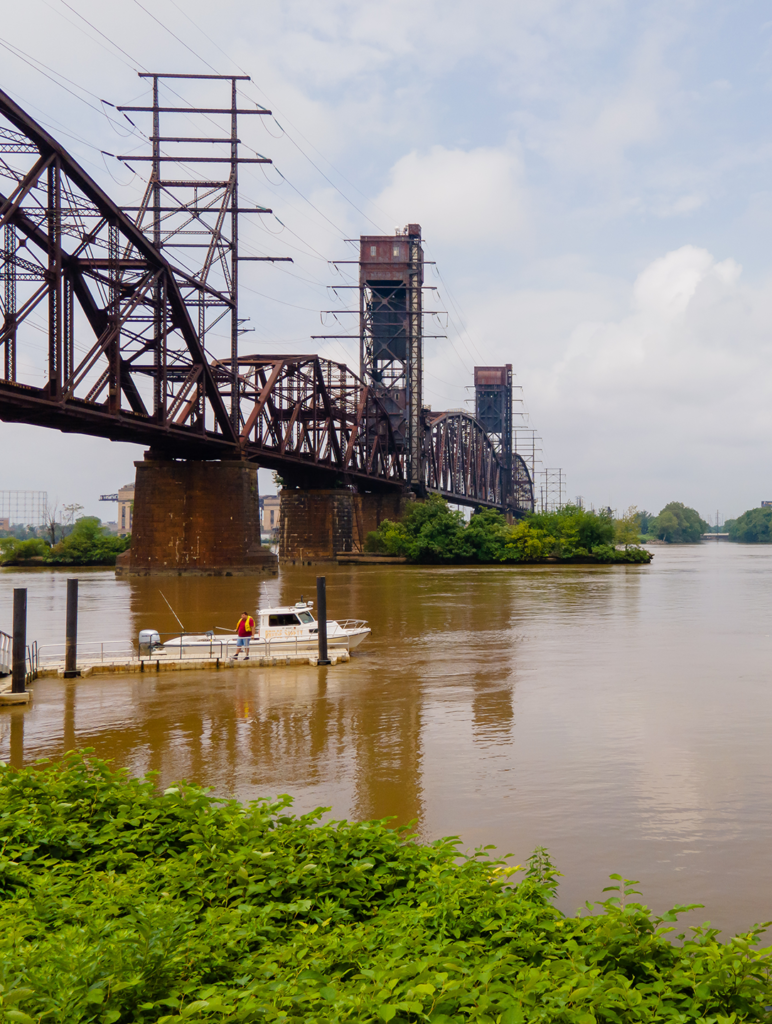
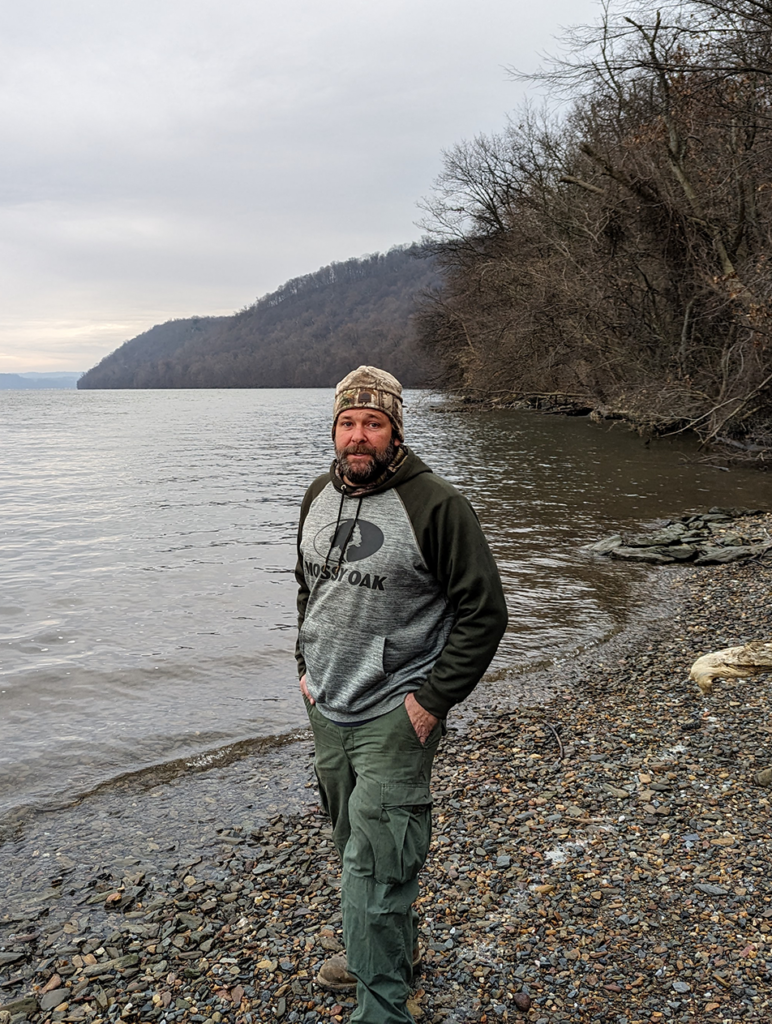
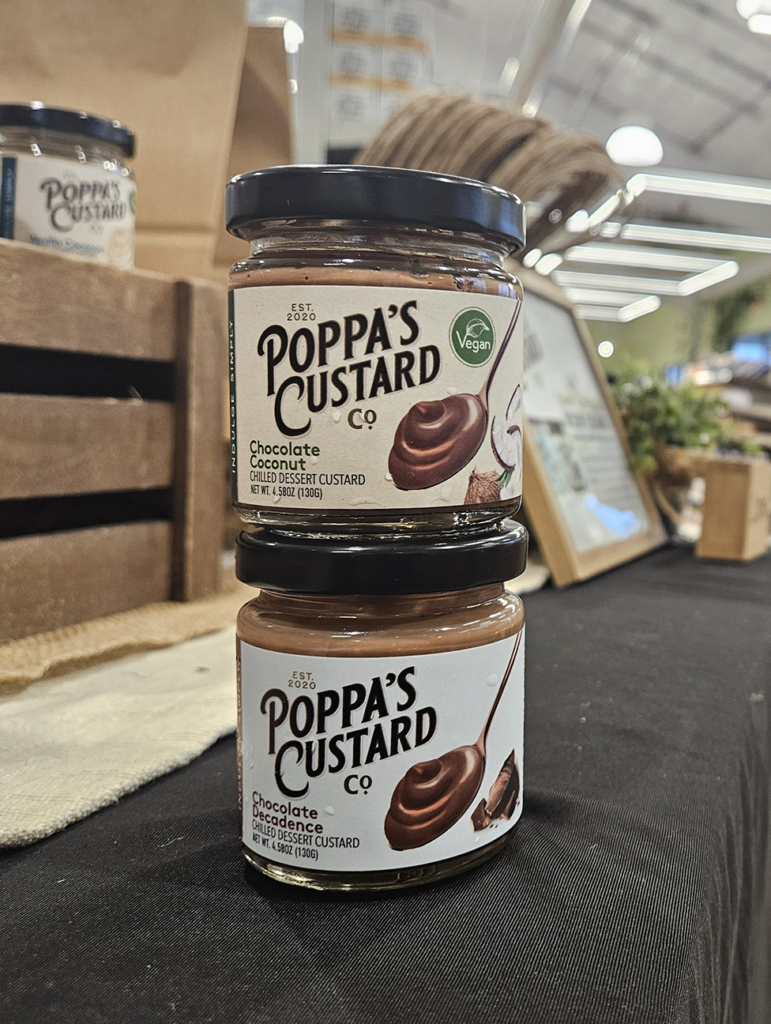
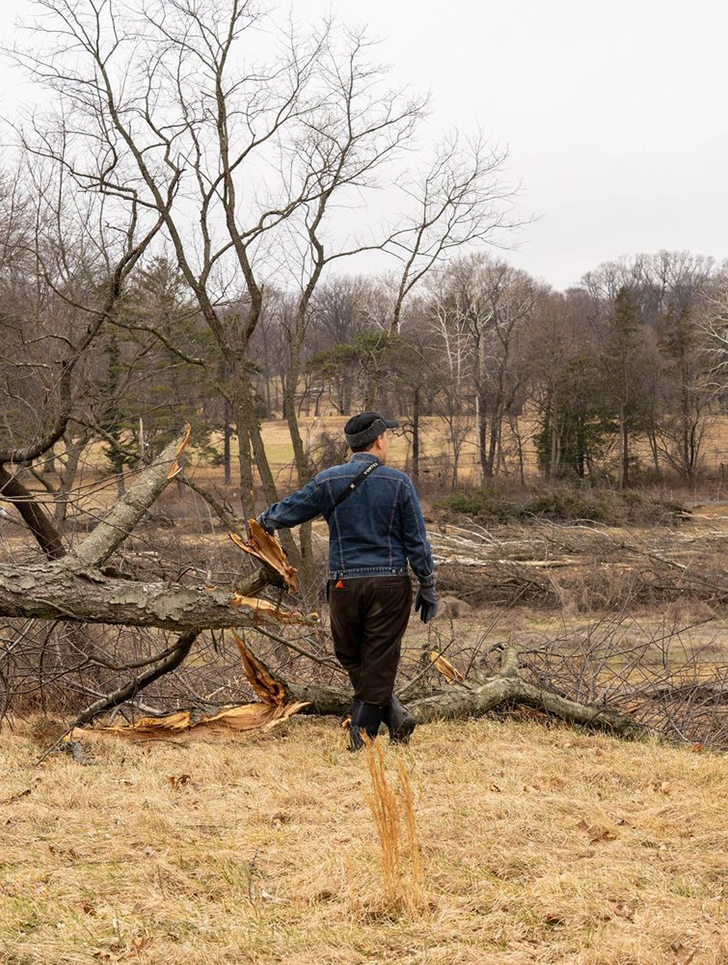
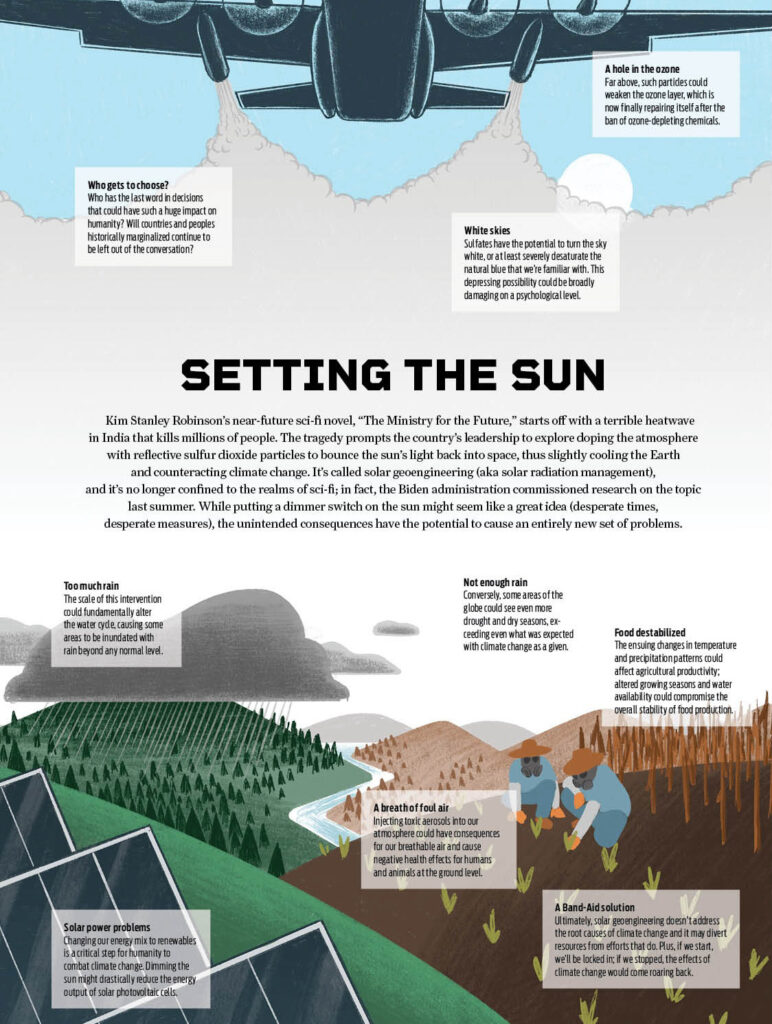
I know there are a few camps that are working in their own way to bring back the King! And I know at least my Grand Children will one day see the mighty American Chestnut! Good read!
Are they available to plant elsewhere in West Virginia for example?
Check with your local chapter of the American Chestnut Foundation. https://tacf.org/wv/about-us/
I love your work on our wonderful AM. Chestnut Tree! I’m a near 77 year of age retired Agronomist in REHOBETH, Alabama. I’m a ” BIG
FAN” of our NATIVE Chinquapin Tree here in the So. E. U.S. As you know, it is in the CHESTNUT FAMILY, with wonderful flavored small nuts ! I have 12 of them in my garden, and they are 7 years old, & have yet produced a NUT!? I would love to get some of the HYBRID STOCK of these AMERICAN CHESTNUT TREED as soon as you have them available!?